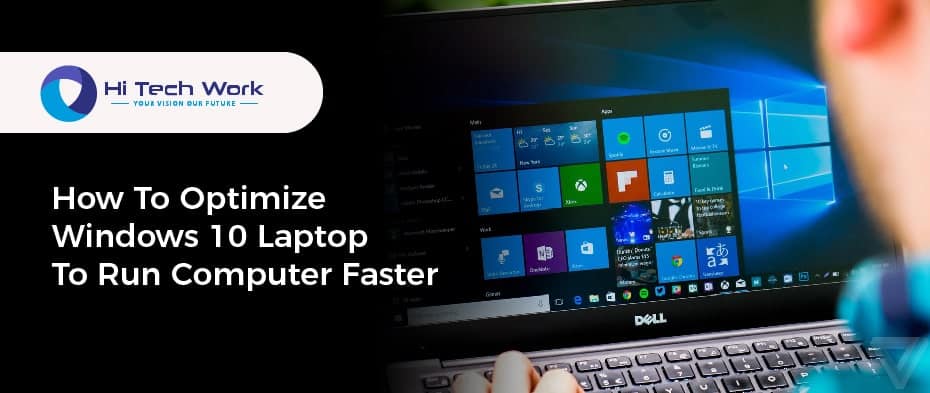
- Microsoft system optimizer windows 10 software#
- Microsoft system optimizer windows 10 Pc#
- Microsoft system optimizer windows 10 free#
Microsoft system optimizer windows 10 Pc#
Restart your PC and and see if performance has improved. When you find an app to remove, choose it from the list and select Uninstall. Search for a specific app or sort them to see which ones are using the most space. Select the Start button, then select Settings > Apps > Apps & features. If your PC still runs slowly, try uninstalling apps you don't use anymore. Select the types of files you want to delete, select OK, then select Delete files in the confirmation window to start the cleanup. (You won't be able to go back to your previous version of Windows.) If you delete your previous version of Windows, this can't be undone.
Microsoft system optimizer windows 10 free#
If you need to free up drive space, you can delete it, but keep in mind that you'll be deleting your Windows.old folder, which contains files that give you the option to go back to your previous version of Windows.

Note: If it’s been fewer than 10 days since you upgraded to Windows 10, your previous version of Windows will be listed as a system file you can delete. Disk Cleanup will take a few moments to calculate the amount of space that a can be freed up.

To free up even more space, select Clean up system files. Be sure to clear those check boxes if you don't want to delete those files. (To view a description of each type of file, select the name.) By default, Downloaded Program Files, Temporary Internet Files, and Thumbnails are selected. Select the checkbox next to the type of files you want to delete. In the search box on the taskbar, type disk cleanup, then select Disk Cleanup from the list of results. If your system doesn't have Storage Sense, you can use the Disk Cleanup tool to delete temporary files and system files from your device. Windows will take a few moment to clean up your files, and then you'll see a message indicating how much disk space has been freed up. Select which files you want Storage Sense to delete (your choices are files in your Recycle Bin and in your Downloads folder), then select the corresponding time intervals. In the Temporary Files area, select Delete temporary files that my apps aren't using. In theStorage Sense area, choose how often you want Storage Sense to run. Select Configure Storage Sense or run it now. In the Storage area, turn on Storage Sense. Select the Start button, then select Settings > System > Storage. You might be able to free up a significant amount of space by deleting Recycle Bin files to permanently remove files you've previously deleted. Note: Windows moves files you delete to the Recycle Bin in case you change your mind and need them again in the future. PC still running slowly? Continue to the next tip. Select the program that you’re having problems with, then select Next and continue through the troubleshooter. In the list of troubleshooters, select Program Compatibility Troubleshooter > Run the troubleshooter. In the search box on the taskbar, type troubleshoot, then select Troubleshoot settings, which has System settings listed underneath it. To run the Program Compatibility Troubleshooter

Microsoft system optimizer windows 10 software#
If this happens after you open a certain program, check the software company’s website for an updated version, or run the Program Compatibility Troubleshooter. Sometimes apps that were made for an earlier version of Windows will still run on Windows 10, but they might slow down your PC. Select the Start button, then select Power > Restart.Īfter your PC restarts, open just the apps you need, then close them when you’re done. If it doesn't seem to help, restart your PC and then open just the apps, programs and browser windows you need. If this is happening, close any apps, browser tabs, etc., that you don't need and see if that helps speed up your PC. Having a lot of browser tabs open at once can also slow it down quite a bit. Having many apps, programs, web browsers, and so on open at once can slow down your PC.


 0 kommentar(er)
0 kommentar(er)
